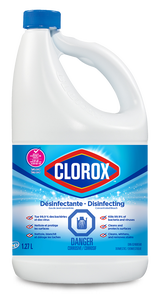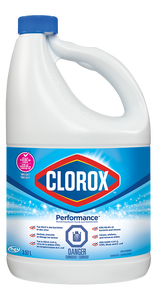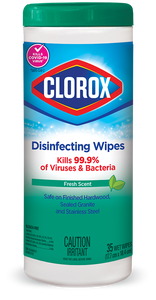Flu Prevention Tips

The flu is an infection of the nose, throat and lungs. It is caused mainly by 2 types of viruses:
-
- Influenza A
- Influenza B
The flu spreads very easily from person to person. Even before you notice symptoms, you may spread the virus to others. If you have the virus, you can spread it by:
-
- Talking, sneezing or coughing
These actions release tiny droplets that contain the flu virus into the air. You can become infected if these droplets land on your:
- Eyes, nose or mouth
There are things you can do to help prevent catching the flu and reduce the spread of viruses.
The flu shot is safe and is the best way to prevent the flu. Most people do not have any side effects. Severe reactions are very rare. You cannot get the flu from the flu shot. Getting a flu shot is a simple action that can save lives by:
-
- Protecting you if you are exposed to the virus
- Preventing you from getting very sick helping protect other people:
- Because you are less likely to spread the virus
- Who are at higher risk of serious flu complications if they get the flu
- Reducing additional burden on the healthcare system during the COVID-19 pandemic
- Reducing your chances of being infected with COVID-19 and the flu at the same time, which could lead to more serious complications
In addition to getting the flu shot, you can also protect yourself and those around you from the flu and COVID-19 by:
-
- Not touching your eyes, nose or mouth with unwashed hands
- Washing your hands often with soap and warm water for at least 20 seconds
- If soap and water are not available, using a hand sanitizer containing at least 60% alcohol
- Coughing and sneezing into the bend of your arm, not your hands
- Cleaning and disinfecting high-touch surfaces
- Staying at home if you are sick and if you start to develop symptoms, isolating yourself from others, and contacting your healthcare provider or local public health authority
Who is most at risk
Everyone is at risk of getting the flu. The flu is among the 10 leading causes of death in Canada. Each year in Canada, the flu causes an estimated:
-
- 12,200 hospital stays
- 3,500 deaths
Some people are at a higher risk of flu-related complications. These include:
-
- People with health conditions, as these conditions can affect a person’s immune system and can make it harder to fight off infections.
Getting the flu can also worsen these pre-existing conditions such as:- Cancer and other immune compromising conditions
- Diabetes
- Heart disease
- Lung disease
- Anemia
- Obesity
- Kidney disease
- Neurological or neurodevelopmental conditions
- Children up to 18 years of age undergoing treatment for long periods with acetylsalicylic acid (ASA)
- People with health conditions, as these conditions can affect a person’s immune system and can make it harder to fight off infections.
-
- People 65 years and older: The immune system changes with age and this can make it harder for the body to fight off infections. People over the age of 65 are also more likely to have health conditions which can worsen if they get the flu.
- People who live in nursing homes or other long-term care facilities: The flu spreads quickly, especially in communal spaces. Residents are also more likely to have health conditions which can worsen if they get the flu.
- Children under 5 years of age: Because of their age, their immune system is still building immunity to fight off serious infections.
- Pregnant people: During pregnancy, the body goes through many changes that can affect the immune system, heart and lungs. These changes can make it harder for the body to fight off infections.
- People who get the flu shot during pregnancy pass on protection to their baby. This is especially important, as babies younger than 6 months cannot get vaccinated against the flu. Getting your flu shot can help protect your baby from the flu after birth.
- People who have reduced access to health care, such as vulnerable populations like those experiencing homelessness or those with disabilities
- People who are at an increased risk of illness because of living conditions, such as those:
- Living in shelters who experience overcrowding
- Who have limited access to facilities for personal hygiene
- Persons with disabilities who might have limited capacity to understand or perform personal hygiene practices
Some people are at a higher risk of flu-related complications. They include:
-
- Caregivers
- Child care providers
- Health care providers
- Family and other household members who provide services in closed or relatively closed settings to people at high risk, such as workers in long-term care facilities or crew on a ship
Products You Can Use
Advice From Our Experts
-
 How-To
How-To
-
 How-To
How-To
-
 How-To
How-To



